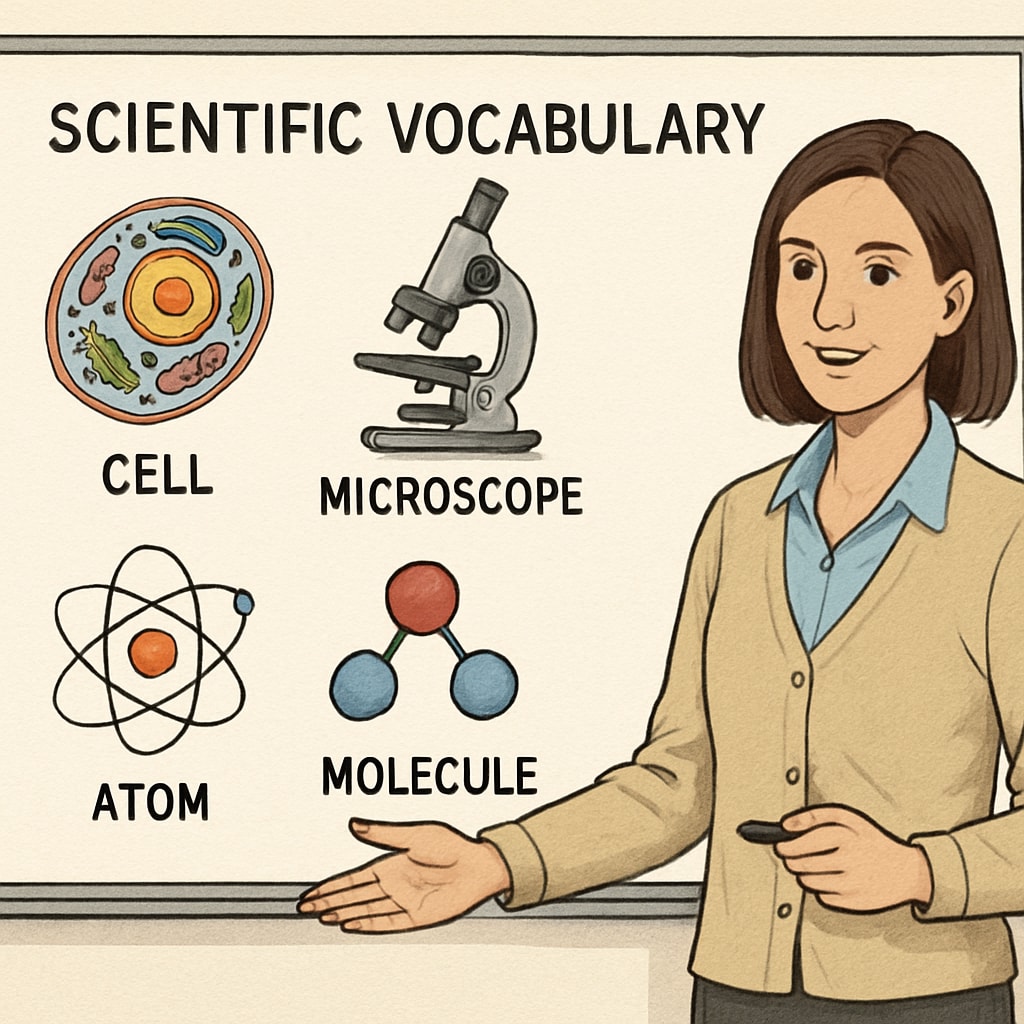Teaching science in classrooms with a high proportion of English language learners can be challenging yet rewarding. By employing inclusive strategies such as differentiated instruction, targeted language support, and cultural responsiveness, educators can ensure equitable learning opportunities for all students. This article explores practical approaches to make science education engaging and accessible for English learners, while simultaneously fostering their language development.
Adapting Teaching Methods for Diverse Language Needs
English learners often require additional support to navigate the linguistic complexities of science education. Differentiated instruction (tailored teaching methods that meet individual needs) is key to addressing this challenge. For example, teachers can use visuals, hands-on experiments, and simplified text to support comprehension. Additionally, pairing English learners with peers for cooperative learning can encourage collaboration and improve both language skills and scientific understanding.
- Use visual aids like diagrams, charts, and animations to explain complex scientific concepts.
- Provide bilingual glossaries or translations for key vocabulary terms.
- Incorporate interactive activities, such as lab experiments, to engage learners through physical and visual learning styles.

Integrating Language Support into Science Instruction
Language development can be seamlessly woven into science lessons by focusing on vocabulary, sentence structures, and academic discourse. Teachers should prioritize teaching subject-specific terminology alongside general English language skills. Strategies such as scaffolding (providing temporary support) and modeling scientific language can help bridge the gap between understanding and expressing scientific ideas.
For example, educators can:
- Pre-teach vocabulary before introducing new topics.
- Encourage students to use sentence frames, such as “The experiment shows that…” or “According to the data…”.
- Use think-aloud strategies to demonstrate scientific reasoning and language usage.

Cultural Responsiveness in Science Education
Recognizing and valuing students’ cultural backgrounds can enhance engagement and create a supportive learning environment. Science educators can integrate culturally relevant examples into lessons to help students connect their own experiences with scientific concepts. For instance, discussing environmental issues specific to students’ home countries or regions can make lessons more relatable.
In addition, fostering an inclusive classroom culture involves respecting and celebrating linguistic diversity. Teachers should encourage students to share their perspectives and use their first language as a resource when appropriate.
By embracing cultural diversity, educators can create a classroom atmosphere where English learners feel valued and motivated to participate actively.
Overcoming Challenges with Technology and Collaboration
Technology offers powerful tools to support English learners in science classrooms. Educational apps, simulations, and translation software can provide personalized learning experiences that address language barriers. For example, platforms like Google Translate can assist students in understanding complex scientific texts.
Moreover, collaboration among teachers and specialists, such as ESL (English as a Second Language) instructors, can ensure that effective strategies are implemented consistently. Regular communication between educators allows for shared insights and coordinated efforts to meet the diverse needs of English learners.
As a result, combining technological resources with collaborative planning can significantly enhance the learning experience for all students.
Conclusion: Creating inclusive science classrooms requires a multifaceted approach that balances scientific rigor with language development. By employing differentiated instruction, integrating language support, and embracing cultural responsiveness, educators can empower English learners to thrive academically. With thoughtful strategies, teachers can bridge the language gap and ensure equal access to quality science education.


